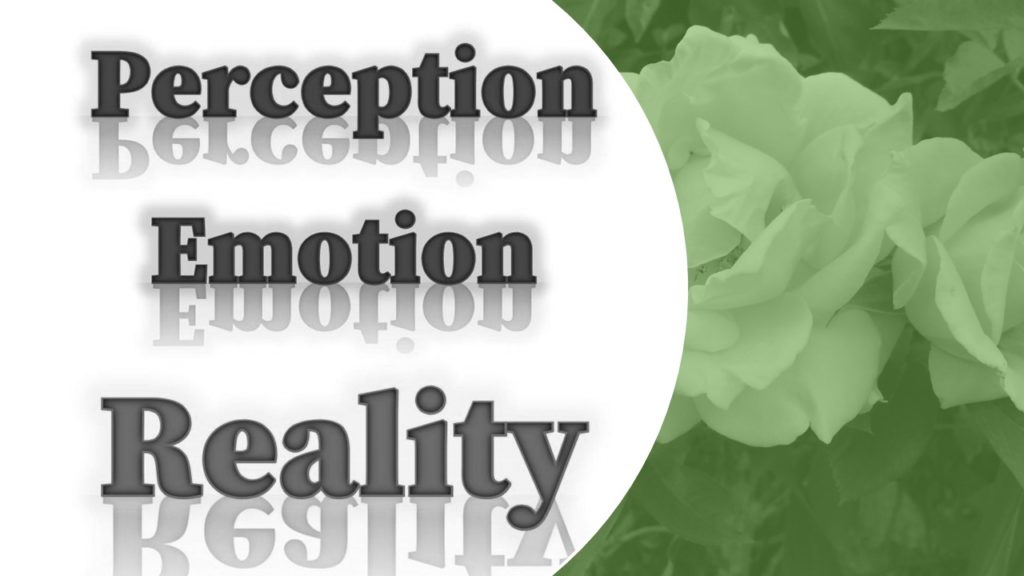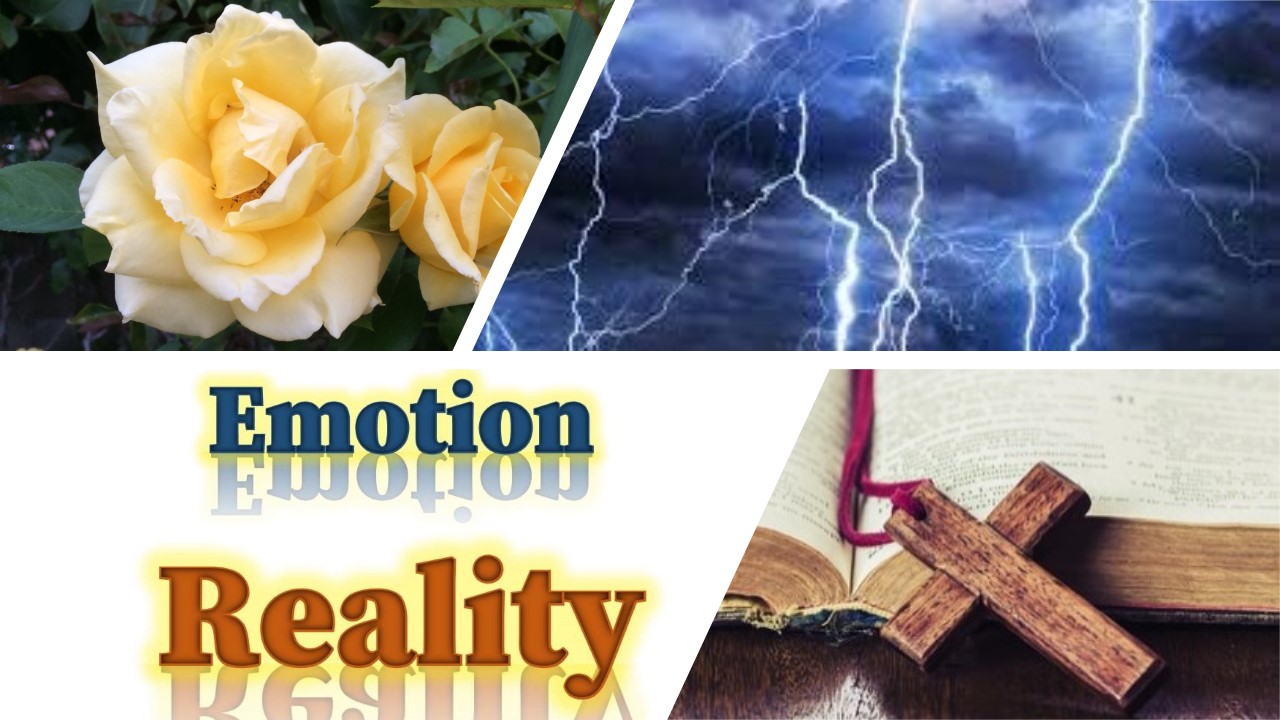The Final Answer
The Church of Almighty God (CAG) claims to be Christianity. With a Protestant house church background, CAG doctrines and practices do have some similarities resemblant to Protestant sub-traditions as noted by Holly Folk. However, there are more differences in essential doctrines than non-essential doctrines which make CAG unrecognizable in its religious identity. Here is a list which summarizes “Major Doctrinal Differences Between CAG and Evangelical Christianity”:
- Incarnation: CAG has two incarnations; the second incarnation was a female. Christianity has only one incarnation; God became flesh in Jesus Christ (John 1:14).
- Trinity: CAG claims that the Trinity does not exist. The Christian God is One, revealed in three Persons, the Father, the Son, and the Holy Spirit, co-eternally existed (Matt. 28:19, 2 Cor. 13:14).
- Christ: CAG’s Jesus was a created human, an ordinary man. In Christianity, God Himself became a man in Jesus Christ (John 1:1-2).
- Salvation: CAG’s believer salvation is obtained by doing good works through judgment, chastisement, and perfecting by obeying the words of the Almighty God. Christians are saved by grace through faith alone, in Christ alone, not of works (Eph. 2:8-9).
- Holy Spirit: CAG’s Holy Spirit is not God; and its power is limited, incapable of revealing the unrighteousness of man. Christianity’s Holy Spirt is God, the third Person of the Trinity (Acts 5:3-4, Matt. 28:19, 2 Cor. 13:14).
- End Times: CAG’s second coming of Christ has a two-step process which had first begun with the secret incarnation of a female Christ in China (in 1991); and then later, the Lord’s spiritual body will come in the sky. In Christianity, the second coming of Christ will be one event with Jesus physically coming in the sky; and it is yet to come (1 Thess. 4:16-17; Acts 1:9-11).
- Bible: CAG claims that the Bible is outdated and has been replaced by “The Word Appears in the Flesh”; and the Apostles’ epistles are not Holy Spirit inspired Scriptures. Evangelical Christians believe only sixty-six books are Scriptures, the Holy Spirit inspired Word of God (Matt. 5:17-19, John 10:35, Matt. 22:29).
- Reincarnation: CAG’s Holy scripture prescribes the cycle of life and death, a reincarnation judgment and punishment for all people. In Christianity, however, all human souls are eternal, believers or otherwise, and will face the Great White Throne Judgment at end of the age (Rev. 20:11-15).



The above noted differences are mostly essential doctrines which are certainly impactful to a believer’s salvation. Even one point of deviation from Christian orthodoxy may by itself constitutes a heresy, let alone collectively eight differences. Since CAG came from Henan, China, Chinese culture, and religious traditions might have some indirectly influence over the development of CAG’s doctrines. Buddhism and Daoism worship rituals and practices are prominent, popular, and influential. Both Buddhism and Daoism had their own goddesses, Guanyin, a male gender goddess, and Queen Mother of the West (Xi wang mu) respectively. Coincidentally, Zhao Weishan, the mastermind of CAG, used to be a Buddhist in his younger years.[1]
[1] Baiyun, Shun Xiu Breeze, “Restoring Cult “Almighty God” (2) – Researching the Life, History and Beliefs of Zhao Weishan”, accessed January 28, 2022.
There are some belief similarities between Buddhism and Hinduism, human reincarnation and female/male deities make the list. With respect to the origins of CAG’s current beliefs, besides Christianity and Buddhism. Could there be another possible source? There are doctrinal similarities between the Church of Almighty God’s beliefs and ministry practices and that of Hinduism. Here are five items:
- CAG has the cycle of life and death; Hinduism has reincarnation.
- CAG has a female Christ; Hinduism has female goddesses.
- CAG’s Almighty God is the One Truth, who is the creator of all things except non-created beings, e.g., messengers and angels; Hinduism has the One Truth and the existence of other gods. (See Non-Created Beings)
- CAG requires good works and condemn evil behaviors which leads to God’s punishments; Hinduism has the karma effect, i.e., you reap what you sowed.
- CAG’s “The Word Appears in the Flesh” does not identify Hinduism as one of the five major religions; CAG itself is identified as God’s people, which is the only option left for the missing Hinduism. (See the Doctrine of Reincarnation)
There are many commonalities between CAG’s doctrines and practices and that of Hinduism. Except numbers 3 and 5, Buddhism is also in common with three of the five points listed in comparing with CAG doctrines. The above five noted similarities do not by themselves prove any directly relationship or connection between the two religions. It does, however, indicates that Hinduism thoughts or similar ideas, even by sheer coincidence, somehow through some unknown means might have creeped into CAG’s system of theology. How does a common person discern if CAG is a Christian church without an in-depth study of CAG beliefs?



Concluding Thoughts
After looking at the major doctrines of the CAG with respect to the doctrines of Incarnation, Trinity, Christ, Salvation, Holy Spirit, End Times, and Bible, each one of these beliefs of the CAG are significantly different from Orthodox Christianity. None of its doctrinal positions are based on the OT & NT of the Bible. The CAG’s new Bible, “The Word Appears in the Flesh” has many written statements that are at odds with the essential evangelical Christian beliefs. According to the list of “Major Doctrinal Differences Between CAG and Evangelical Christianity” above, the evidence provided have certainly proved that the Church of Almighty God’s beliefs are drastically different from and often the opposite of evangelical Protestantism.
Based on all of the above findings, CAG in today’s version with its progressive doctrines and practices should not be considered Christianity. Certainly, it is a new religious movement that came from a Protestant house church background. However, the documented evidence show that the Church of Almighty God has officially abolished the Bible as outdated and abandoned Jesus’ redemptive work as old but embraces a new way of salvation by works in the current age. CAG has a different Christ, a different Holy Spirit, a different Bible, and a different way of salvation; and oddly, it has added the doctrine of the cycle of life and death, i.e., reincarnation, of all humans. Though, it has a Christian appearance on the outside, but after a close examination, in substance it has a different God on the inside.
Clear Thinking Exercises
- Are there other religious movements that teach human reincarnation?
- What religious teachings have their roots from Eastern religions?
- Which Eastern religions did these teachings come from?
- What are the differences between the Church of Almighty God’s teachings and other religious thoughts/teachings that have their roots sourced from those Eastern religions?
- What are other commonalities of these religions besides human reincarnations?
- Are religious experiences the proofs or the test of truth?
- Is clear thinking required to discern the reality of truth?
- Is the Bible the only source of all truth?
- Why true feelings that a person experienced are not valid proofs of truth?
- True feelings and true emotions are not necessarily the truth and reality of the matters at hand!
- The Church of Almighty God has its own and unique beliefs with respect to the doctrines of the Incarnation, the Trinity, the Christ, the Holy Spirit, the Bible, the End Times, the Cycles of Life Death (Reincarnation) and many others. Are these new CAG beliefs biblically grounded or experientially based? How can one discern changes in Christianity’s core beliefs are not only changes in God’s words, but also God’s Characters, His Divine Essence, and ultimately His Identity?
